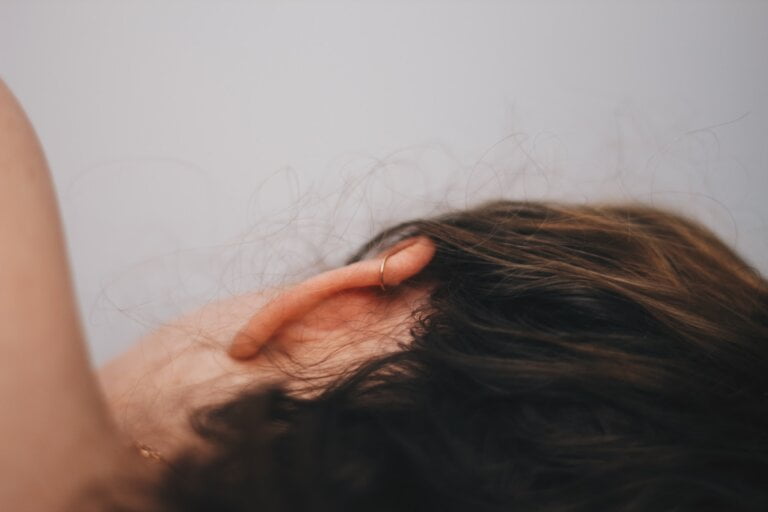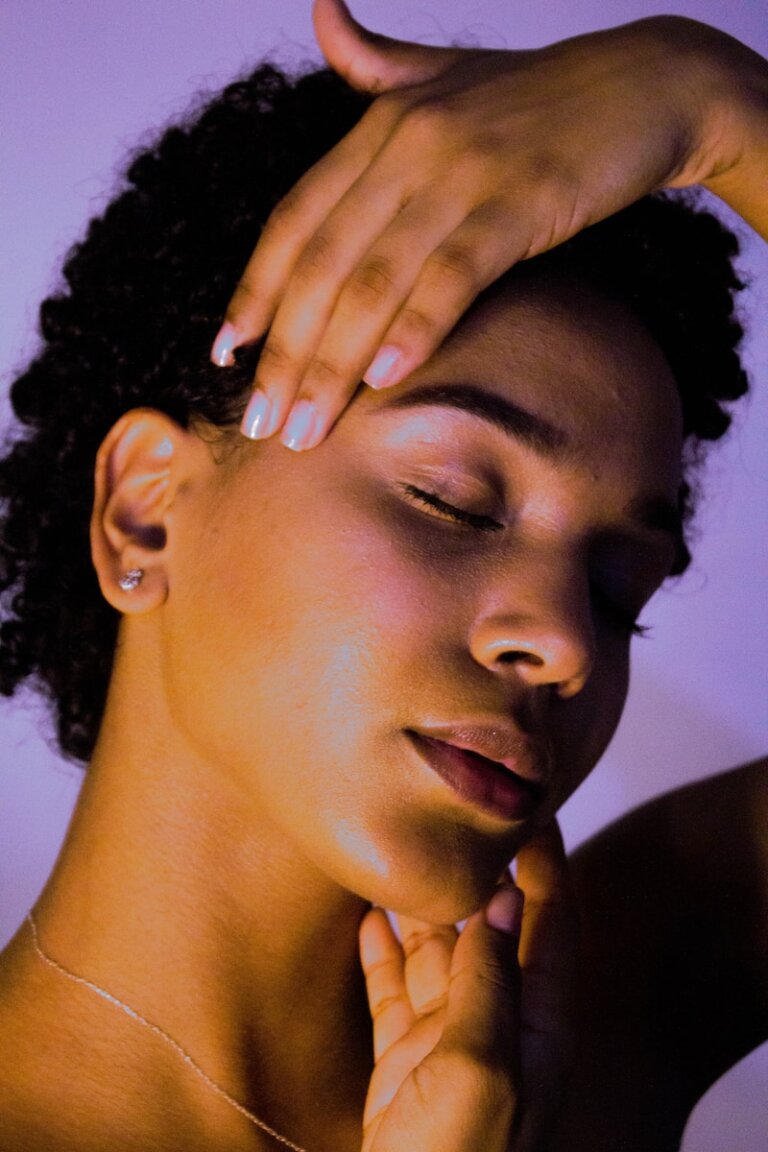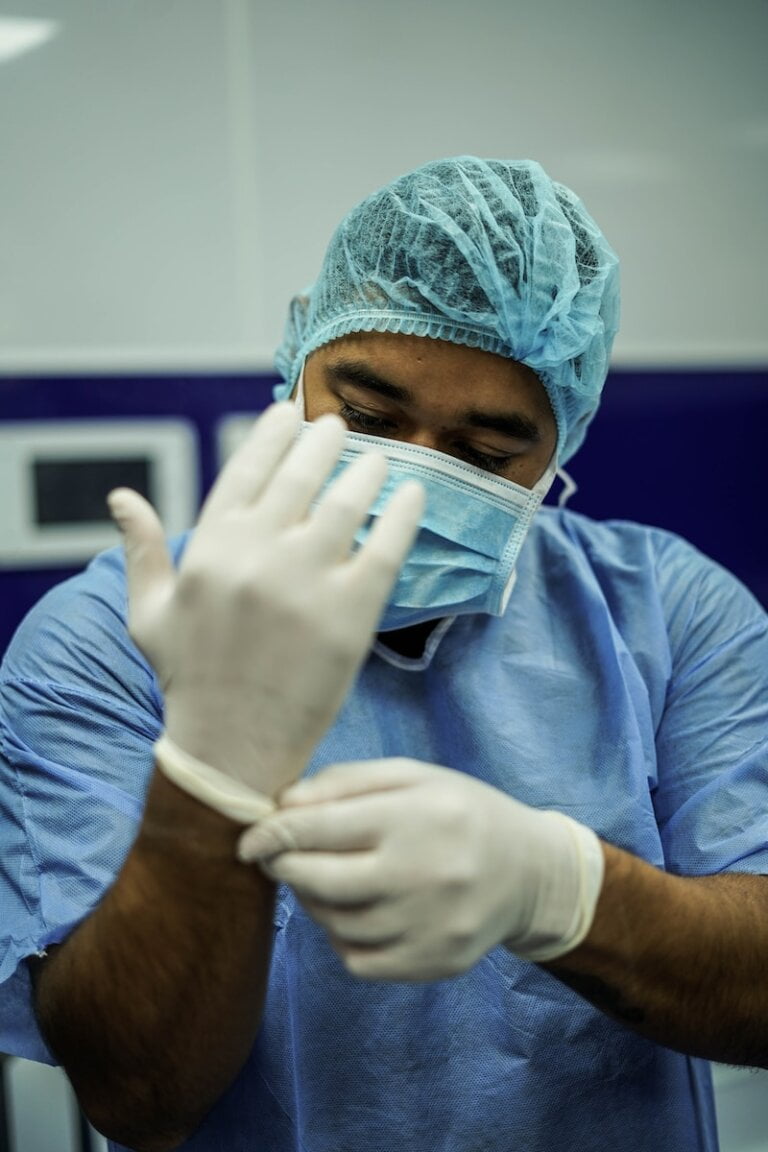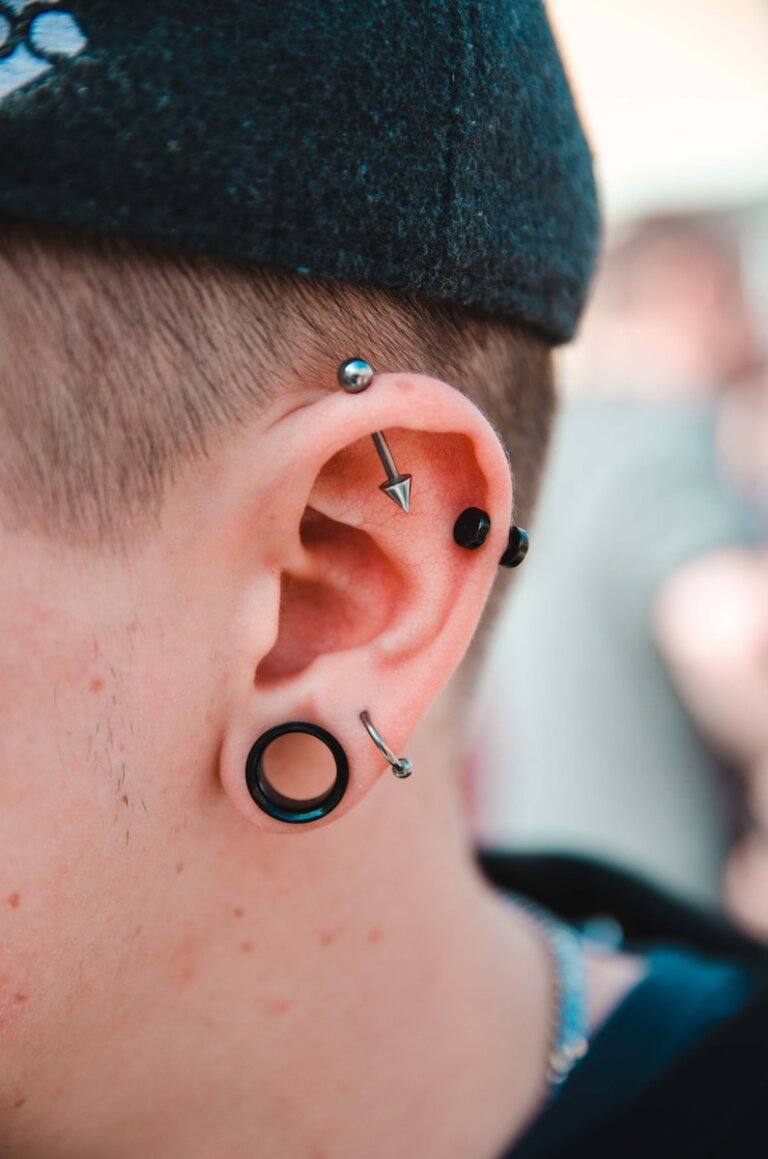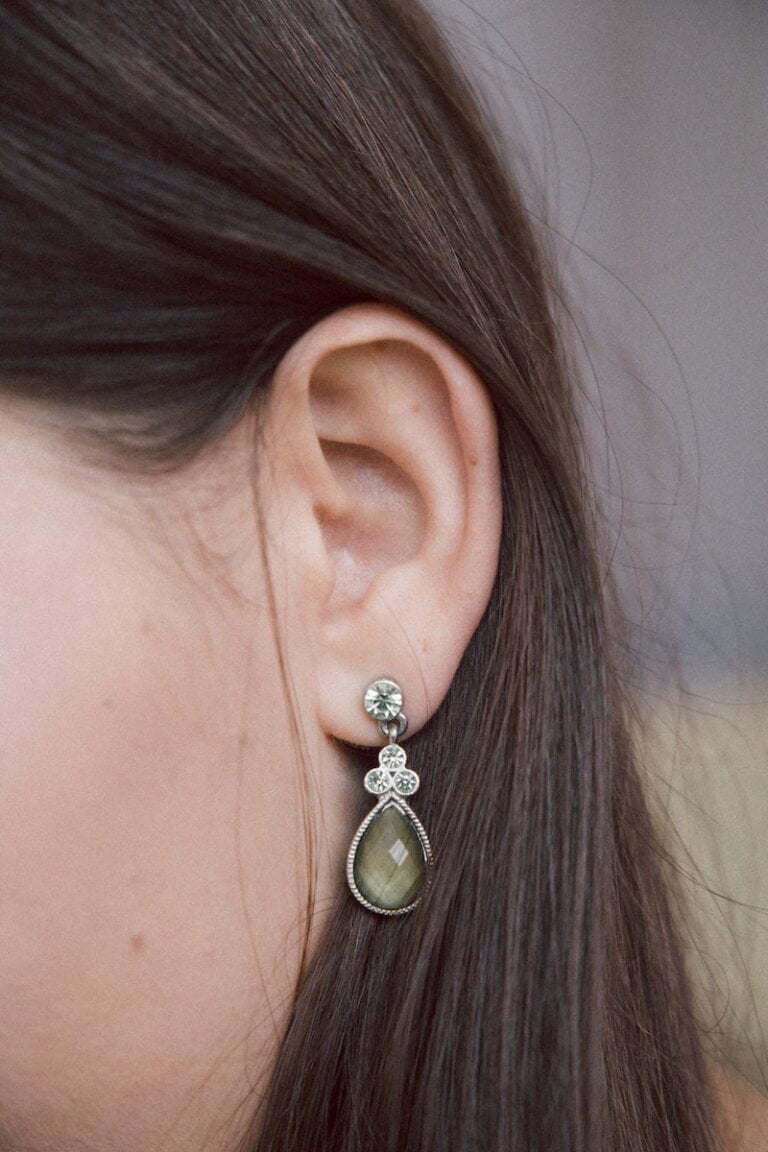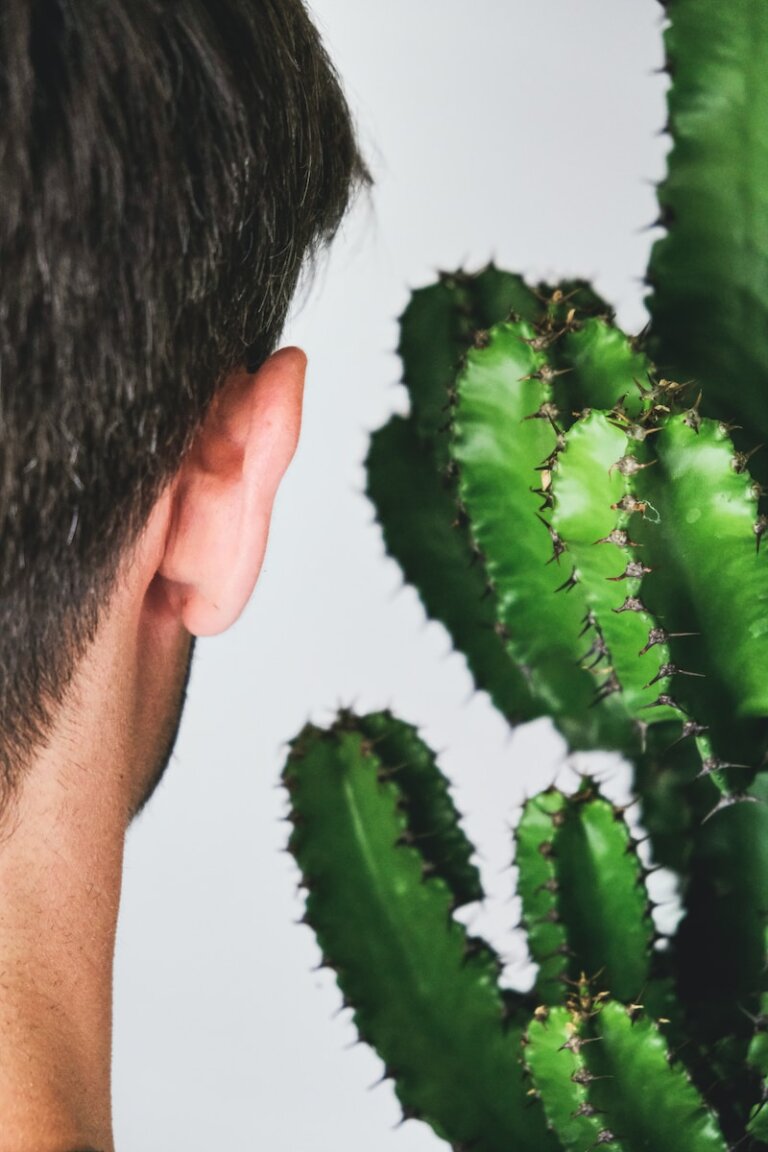DIY Ear Care: Navigating Safe and Gentle Techniques for Home Ear Cleaning
Taking care of our ears is essential for maintaining good overall health. However, many people overlook the importance of proper ear care, leading to various ear-related issues. In this article, we will explore safe and gentle techniques for home ear cleaning, enabling you to maintain healthy ears in the comfort of your own home.
Why is Ear Care Important?
Proper ear care is crucial because our ears play a vital role in our ability to hear and maintain balance. Neglecting ear care can lead to uncomfortable conditions such as earwax buildup, infections, and even hearing loss. It’s important to understand that the accumulation of excess earwax can cause blockages, leading to temporary hearing loss and discomfort. Infections can also occur when bacteria or fungi enter the ear canal, causing pain, inflammation, and potential damage to the ear. By implementing safe and effective ear cleaning techniques, you can prevent these issues and promote overall ear health.
It is important to note that while home care is beneficial, it is not a replacement for professional medical advice. If you experience severe pain, hearing loss, or persistent symptoms, it is always recommended to consult a healthcare professional.
Understanding the Ear
To effectively care for your ears, it is essential to understand their structure. The ear consists of three main parts: the outer ear, the middle ear, and the inner ear.
-
Outer Ear: The outer ear is the visible part of the ear, including the ear canal. Its main function is to collect sound waves and direct them towards the middle ear. The ear canal, specifically, is lined with tiny hairs and glands that produce earwax to protect the ear from dust, debris, and infections.
-
Middle Ear: Located behind the eardrum, the middle ear contains the ossicles, which are three small bones (the hammer, anvil, and stirrup). These bones transmit sound vibrations from the eardrum to the inner ear. The middle ear is connected to the back of the throat via the Eustachian tube, which helps regulate air pressure.
-
Inner Ear: The inner ear contains the cochlea, responsible for converting sound vibrations into electrical signals that are then sent to the brain for interpretation. It also houses the vestibular system, which helps maintain balance.
By understanding the different parts of the ear, you can better appreciate the importance of proper ear care and how different techniques can target specific areas for cleaning and maintenance.
Safe Techniques for Home Ear Cleaning
-
Avoid Cotton Swabs: Contrary to popular belief, using cotton swabs (Q-tips) is not an effective way to clean the ears. Inserting cotton swabs into the ear canal can push earwax deeper, potentially causing blockages or damage to the eardrum. Instead, it is best to avoid using cotton swabs for ear cleaning and opt for safer alternatives.
-
Ear Irrigation: Ear irrigation is a safe and gentle technique for ear cleaning. It involves flushing the ear canal with a saline solution or warm water using a bulb syringe or specially designed ear irrigation kit. The warm water or saline solution helps soften and dislodge the earwax, allowing it to be easily flushed out. It is important to ensure that the water or saline solution is at body temperature to prevent discomfort or dizziness. Ear irrigation can help remove excess earwax and debris from the ear canal, promoting better hearing and reducing the risk of infections.
-
Over-the-Counter Ear Drops: Another option for gentle home ear cleaning is over-the-counter ear drops. These drops often contain a mild solution, such as hydrogen peroxide or glycerin, that can help soften and break up earwax. Following the instructions on the packaging, apply the recommended number of drops into the ear canal, and gently massage the area around the ear to facilitate the removal of earwax. It is important to note that overuse or misuse of ear drops can cause irritation or damage, so it is crucial to follow the instructions and consult a healthcare professional if you have any concerns.
-
Natural Oils: Some individuals prefer using natural oils for ear cleaning. Olive oil, baby oil, or mineral oil can help soften earwax, making it easier to remove. Warm the oil slightly and use a dropper to put a few drops into the ear canal. Allow the oil to sit for a few minutes, then tilt your head to let the oil and loosened earwax drain out. Natural oils can provide a gentle and soothing approach to ear cleaning, but it is important to ensure that the oil is not too hot to avoid burns or discomfort.
It’s important to remember that everyone’s ears are different, and what works for one person may not work for another. If you are unsure about which technique to use or have any concerns, it is always best to consult a healthcare professional for personalized guidance.
Warning Signs and Precautions
While home ear cleaning can be beneficial, it is essential to be aware of warning signs and take necessary precautions. If you experience any of the following, it is important to consult a healthcare professional:
- Severe pain or discomfort: This could be a sign of an infection or injury that requires medical attention.
- Sudden hearing loss: Any sudden changes in hearing should be evaluated by a professional to determine the cause and appropriate treatment.
- Bleeding from the ear: Bleeding from the ear could indicate a ruptured eardrum or other serious condition.
- Pus or discharge from the ear: This may be a sign of an infection that requires medical treatment.
- Persistent ringing or buzzing sound (tinnitus): Tinnitus can be a symptom of an underlying condition that needs to be addressed by a healthcare professional.
Additionally, it is crucial to avoid using any objects, such as bobby pins, keys, or toothpicks, to clean your ears. These can cause injury or damage to the delicate structures within the ear. It’s best to stick to the safe and gentle techniques mentioned above and avoid inserting anything into the ear canal.
Conclusion
Maintaining proper ear care is essential for overall health and well-being. By understanding the structure of the ear and implementing safe techniques for home ear cleaning, you can effectively prevent earwax buildup, infections, and other ear-related issues. Remember to consult a healthcare professional if you experience severe symptoms or have concerns about your ear health. Your ears deserve the best care possible, and by following the guidelines outlined in this article, you can achieve just that.
Note: This article is for informational purposes only and should not be considered medical advice. Always consult a healthcare professional for personalized guidance and care.
FAQ
-
Why is proper ear care important?
Proper ear care is important because our ears play a vital role in our ability to hear and maintain balance. Neglecting ear care can lead to uncomfortable conditions such as earwax buildup, infections, and even hearing loss. -
What are safe techniques for home ear cleaning?
Safe techniques for home ear cleaning include avoiding cotton swabs, using ear irrigation with a saline solution or warm water, using over-the-counter ear drops, and using natural oils like olive oil or baby oil. -
What are the warning signs that I should consult a healthcare professional?
You should consult a healthcare professional if you experience severe pain or discomfort, sudden hearing loss, bleeding or discharge from the ear, or persistent ringing or buzzing sound (tinnitus). -
Can I use objects like bobby pins or toothpicks to clean my ears?
No, you should avoid using any objects like bobby pins, keys, or toothpicks to clean your ears as they can cause injury or damage to the delicate structures within the ear. Stick to safe and gentle techniques instead.


